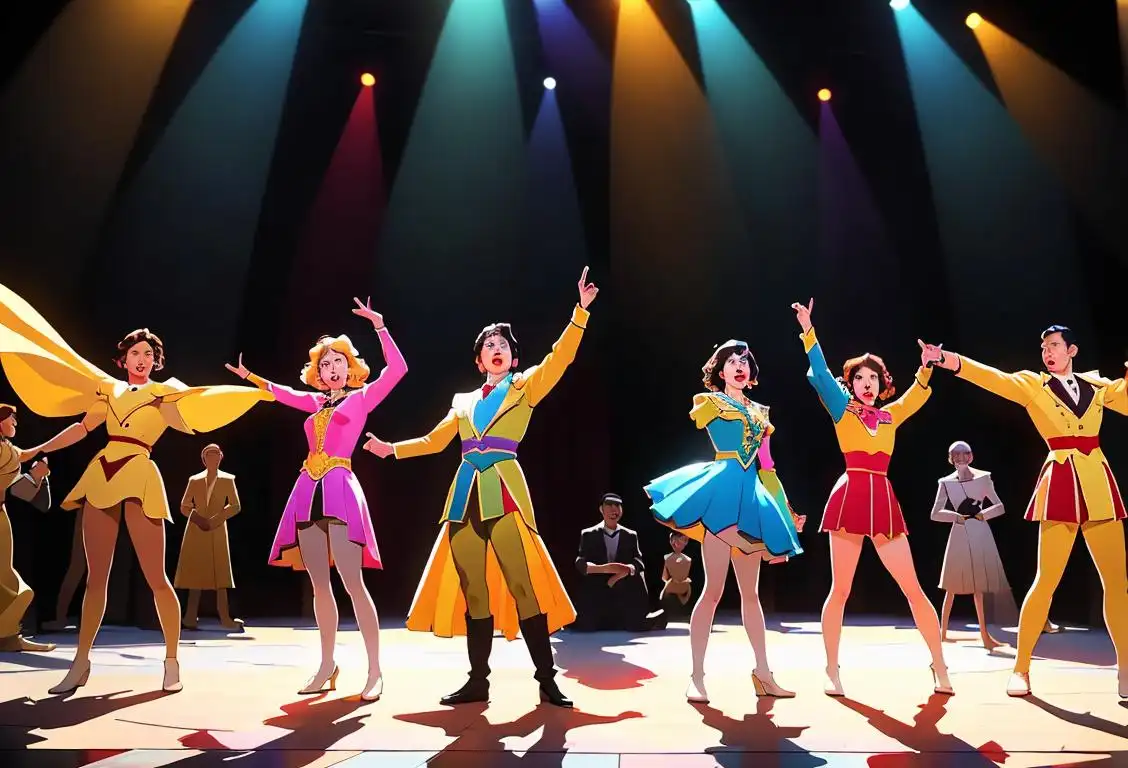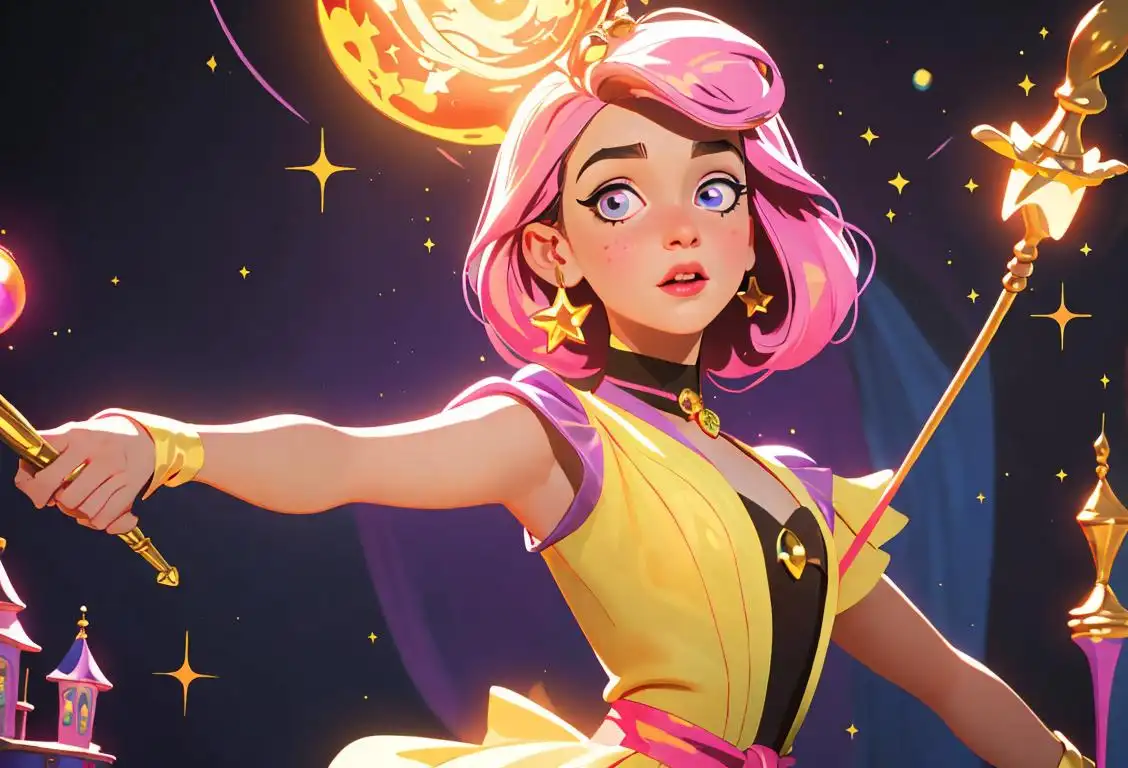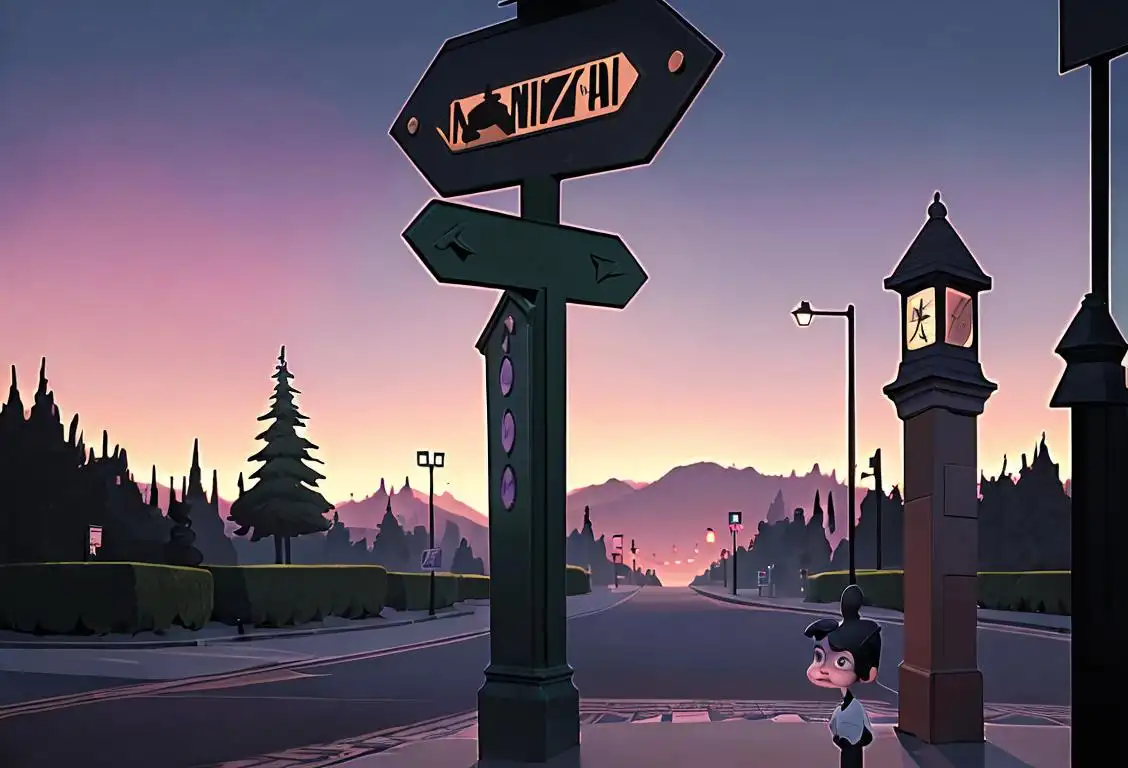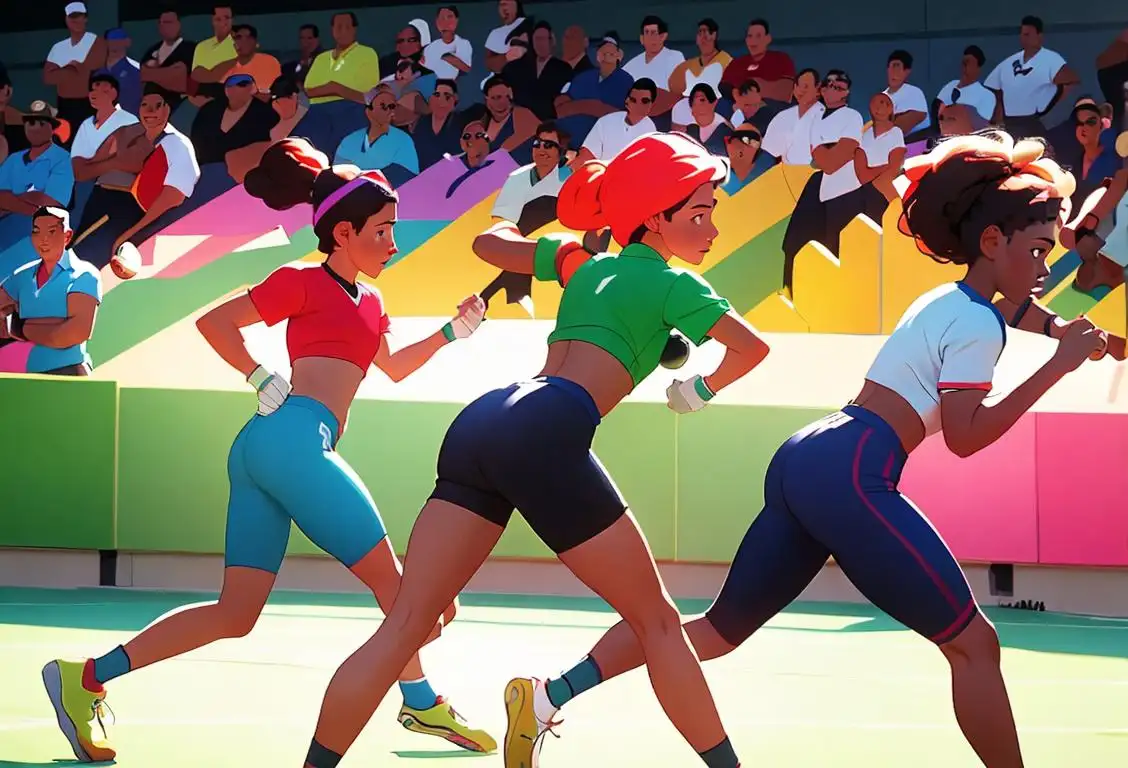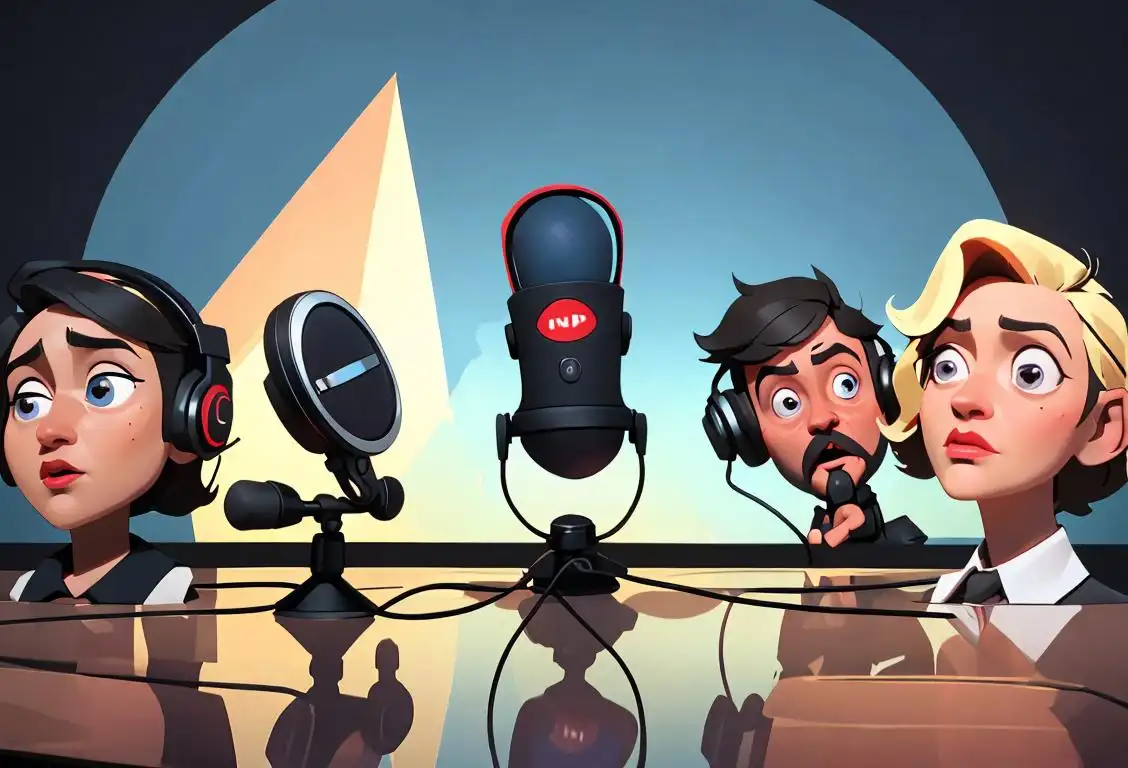National Panto Day
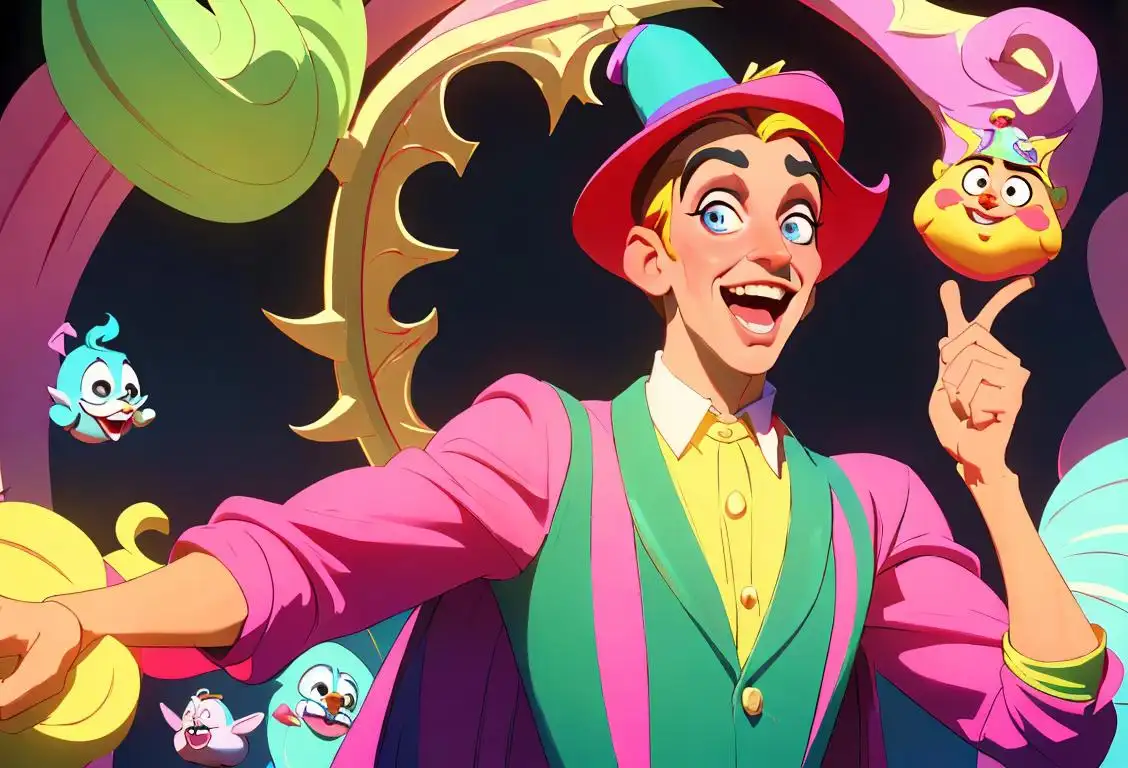
Hey there, fellow internet history enthusiasts! Today, we're diving into the fascinating world of National Panto Day, where we'll explore the origins and online presence of this quirky celebration. Get ready for a wild ride filled with comedy, music, and a whole lot of audience interaction!
When is Panto Day?
It's national panto day on the 15th December.
What's the Deal with National Panto Day?
Every year on December 15th, the internet buzzes with excitement as people all around the world celebrate National Panto Day. But what exactly is a 'panto,' you ask? Well, my friend, panto is short for 'pantomime,' a traditional form of British theater that combines elements of comedy, music, and fairy tales.
These pantomimes are not your ordinary plays, oh no! They're interactive performances that encourage audience participation, with children and adults alike shouting phrases like 'He's behind you!' and 'Oh no, it isn't!' at the actors on stage. It's a whole lot of fun and definitely not a quiet night at the theater!
While pantos have a long history dating back to the 16th century, National Panto Day is a relatively new addition to the world of internet celebrations. Since its inception, this joyous occasion has gained quite a following online, with 217 mentions detected on social media and websites. It's safe to say that people are panto-ing up a storm on this special day!
History behind the term 'Panto'
1717
Birth of Harlequinade
The origin of the term 'panto' can be traced back to 1717 with the birth of Harlequinade. Harlequinade was a genre of theatrical performance derived from the commedia dell'arte tradition. It featured highly physical and comedic performances, with exaggerated characters and elaborate costumes. This genre became immensely popular in Europe, especially in England, where it laid the foundation for the development of 'panto' as we know it today.
1717
Birth of British Pantomime
The term 'panto' originated in the year 1717 when British pantomime was born. Pantomime refers to a type of musical comedy theater that features exaggerated characters, slapstick humor, and audience participation. The word 'pantomime' is derived from the Greek words 'pantos' meaning 'all' and 'mimos' meaning 'imitation'. The early pantomimes were predominantly based on classical Greek and Roman myths.
1717
The Origins of Harlequinade
Harlequinade, a type of comedic theater, first emerged in the early 18th century in Italy. It involved colorful characters, physical comedy, and important roles played by the characters of Harlequin and Columbine. This theatrical form would later evolve into what we know today as pantomime.
1723
Pantomime's Founding Father
In 1723, John Rich, an English actor and theater manager, introduced pantomime to the London stage. Rich, known for his extravagant productions, combined elements from Italian Harlequinade with British comedy and pantomime was born. A key feature was the incorporation of popular fairy tales, providing the foundation for future pantomime traditions.
1816
John Rich and the Development of Pantomime
In 1816, John Rich, an English actor, producer, and manager, played a significant role in further developing and popularizing the genre. He introduced various elements like innovative set designs, magical transformations, and supernatural characters, enhancing the visual spectacle of the performances. While not the originator of the term 'panto,' his contributions played a crucial role in shaping its evolution as a distinct form of entertainment.
1806
Harlequinades Take Center Stage
In 1806, the British pantomime evolved into 'harlequinades', which were highly popular and featured the character Harlequin. Harlequin is known for his acrobatic skills and distinctive diamond-patterned costume. Harlequinades introduced elaborate stage effects, magical transformations, and intricate comic chase scenes. These pantomimes often featured well-known fairy tales, with Harlequin as the hero.
1860
Introduction of Harlequinade in British Christmas Pantomimes
The term 'panto' found its way into the British Christmas pantomimes during the mid-19th century. These elaborate productions incorporated a mixture of fairy tales, song, dance, slapstick comedy, and absurdity. The inclusion of Harlequinade and its zany characters like Harlequin, Columbine, Pantaloon, and Clown became a staple of these festive performances, leading to the popular use of the term 'panto' to describe this unique form of family entertainment.
1806
The Introduction of 'Panto'
The term 'panto' started to become commonly used as an abbreviation for pantomime in the early 19th century. It aligned with the trend of shortening words or phrases in contemporary language. 'Panto' quickly caught on and became the widely recognized term for the art form.
1861
Introduction of the Dame Character
In 1861, the character 'Dame' was introduced into the pantomime, adding a comedic and cross-dressing element to the performances. The Dame, usually played by a male actor, is a larger-than-life, extravagant character who interacts with the audience and provides humorous and sometimes risqué innuendos. The Dame quickly became an essential part of the pantomime tradition.
1861
The Influence of Music Halls
During the Victorian era, music hall entertainment was gaining popularity in the United Kingdom. Pantomime, with its mix of comedy, music, and audience participation, found a natural home in music halls. It became a staple of their programming and helped solidify pantomime as a cherished British tradition.
1900
Consolidation of Pantomime Tradition
By the turn of the 20th century, the term 'panto' had firmly established itself as a cultural tradition in the United Kingdom. Pantomimes became synonymous with the holiday season, with theaters across the country presenting extravagant productions year after year. The audience participation, traditional storylines, cross-dressed actors, and the use of 'dame' characters, played by men in flamboyant drag, became characteristic of the 'panto' experience.
1888
First Performance at Theatre Royal, Drury Lane
The year 1888 marked a significant milestone for pantomime as the first pantomime, 'Cinderella', was performed at the prestigious Theatre Royal, Drury Lane in London. This iconic venue helped establish pantomime as a grand theatrical production with lavish sets, beautiful costumes, and a larger-than-life spectacle. The success of 'Cinderella' solidified the annual tradition of pantomime during the Christmas season.
1890
Panto's Familiar Tropes
By the late 19th century, the structure of pantomime had largely taken shape. Certain elements became intrinsic to pantomime productions, including the principal boy, usually played by a young woman, the comedic dame character, and the pantomime villain. These tropes have endured and are still seen in modern pantomimes.
20th Century
Expansion and Popularity
In the 20th century, pantomimes continued to evolve and grow in popularity. The traditional fairy tales, such as 'Jack and the Beanstalk', 'Sleeping Beauty', and 'Aladdin', became staples of the genre. Pantomimes also began to incorporate contemporary references, topical humor, and popular songs. The unique blend of slapstick comedy, enchanting stories, and vibrant performances made pantomimes a beloved form of entertainment for people of all ages.
20th century onwards
Evolution and Modernization
In the 20th century, 'panto' continued to evolve and adapt to changing tastes and cultural influences. Traditional fairy tales expanded to include popular stories, cartoon characters, and even contemporary themes. Modern 'panto' productions often feature celebrity cast members, extravagant special effects, and up-to-date references, keeping the tradition alive and captivating new generations of audiences with its unique blend of comedy, music, and magic.
1940s
Evolution of Panto Comedy
In the 1940s, comedians such as Max Wall and Tommy Trinder brought a new style of comedy to pantomime. They incorporated slapstick humor, subtle innuendos, and clever wordplay, appealing to a wider audience. Their influence shaped the comedic aspects of pantomime that continue to be beloved by audiences today.
Present Day
Modern Pantomime
Today, pantomime remains an integral part of British culture, especially during the holiday season. Pantomimes are performed in theaters across the country, entertaining both children and adults alike. The pantomime tradition has expanded beyond traditional fairy tales, often featuring celebrities and incorporating modern twists. It continues to capture the imagination of audiences with its blend of humor, spectacle, and audience participation, ensuring its enduring popularity.
21st Century
Panto's Rejuvenation
In recent years, pantomime has undergone a modern resurgence, breaking new ground while staying true to its traditions. Pantomimes have incorporated pop culture references, celebrity casts, and dazzling special effects, attracting a diverse audience. This combination of classic storytelling and contemporary influences has ensured the continued relevance and popularity of pantomime.
Did you know?
Did you know that pantomimes often feature celebrity guest appearances? It's not unusual to see famous faces gracing the panto stage, adding an extra layer of excitement and star power to the already magical performances!Tagged
fun entertainment theaterFirst identified
11th December 2015Most mentioned on
15th December 2017Total mentions
217Other days
Panto Day
Tours Were Canceled Is A Crime Against Theatre Day
Pantomime Day
Television Show Day
Twilight Zone Day
Best Dick Day
Tv Station Rounded Up News Session For The Day
Sport Day
Podcast Day
Video Games Day
